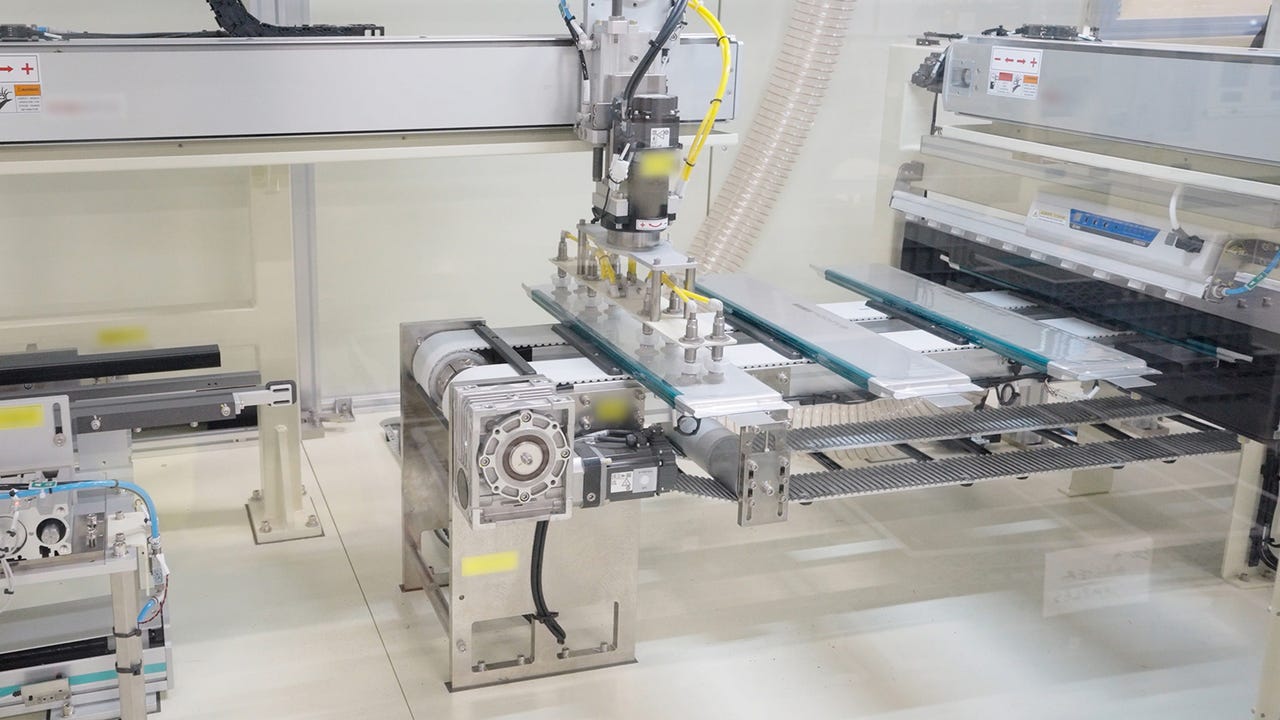In a breakthrough for electronic textiles, researchers from Southwest University in China have developed a stretchable yarn battery capable of harnessing sweat as a power source. This cutting-edge technology could revolutionize how we monitor health and physical activity, offering users unprecedented ease and reliability.
The Need for Stable Power Sources

Power supply stability is crucial for wearable devices, particularly those integrated into textiles that experience dynamic movements like bending, twisting, and stretching. Traditional batteries often struggle under these conditions, leading to ineffective performance during physical activities. The newly designed yarn battery addresses this issue, allowing it to maintain performance even as the wearer’s movements fluctuate.
What Makes It Unique?

The stretchable yarn battery, created by materials and energy scientists, operates using human sweat as an electrolyte. Significant findings demonstrate that the battery’s voltage output remains stable even after extensive stretching—2,000 cycles to be precise—and after being subjected to 20 cycles in a commercial washing machine. Moreover, it showed resilience when stored under normal ambient conditions for seven months.
Professor Zhisong Lu, a leading researcher on the project, stated, “The stretchable sweat-activated yarn battery can be scaled up to meter-scale fabrication using a self-designed wrapping machine and seamlessly integrated into electronic textiles through traditional techniques, such as weaving, knitting, sewing, and stitching.” This scalability indicates strong potential for widespread application.
Testing and Real-World Applications

To validate the functionality of the yarn battery, Lu’s team integrated it into wearable items, specifically a headband and a T-shirt. These items were tested on volunteers and successfully powered LEDs and a pedometer after absorbing sweat. “The on-skin tests show that stretchable sweat-activated yarn batteries can be integrated into textiles that come into contact with the skin as a safe energy source,” Lu emphasized, collectively demonstrating the battery’s practical application in everyday wear.
How It Works
The design of the battery includes intelligent engineering that minimizes voltage variation. The voltage output fluctuated by less than 0.5% even during dynamic stretching thanks to the careful choice of materials used. The core of the battery is an elastic yarn, which performs well under stretching conditions.
According to the research team’s paper published in the journal Wearable Electronics, the battery comprises a cotton fiber-wrapped zinc wire paired with carbon yarn, forming a sheath layer that encapsulates the elastic core. This dual-layer setup allows sweat to channel quickly, enabling efficient electrochemical reactions between the zinc wire (anode) and carbon yarn (cathode) without short-circuiting risk.
By utilizing a ring-like configuration of surface-wrapped electrodes, the design allows for continuous stretching and recovery in sync with the elastic core, a crucial aspect for its intended applications. To boost performance further, the core is surrounded with “hydrophilic” polyester fibbers that retain sweat, enhancing the movement of ions across the electrodes.
Bridging a Technological Gap
Lu outlined the design’s goals: “Our goal was to create a stretchable yarn battery with ultra-stable power output under varying strains.” This innovation addresses a long-standing challenge in the field of stretchable power sources—balancing high elasticity with steady energy output.
While the initial results are promising, the research team also recognized potential variables that could influence the battery’s performance, such as “daily use, environmental conditions, and variations in sweat composition.” Lu notes these factors will require further examination in future studies.
Conclusion
With the development of this innovative yarn battery, the landscape of wearable electronics may soon undergo a significant transformation. By harnessing the body’s sweat for energy and providing a stable power source in a dynamic form, this technology opens doors for a new generation of smart textiles.



